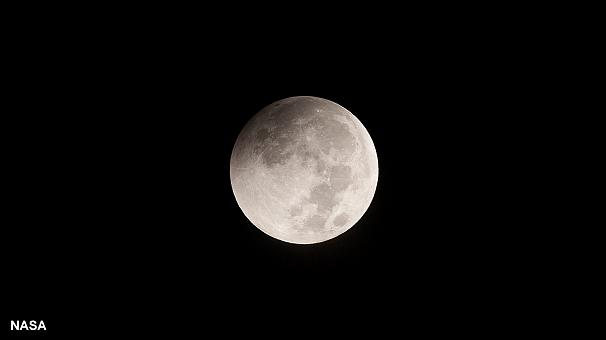This will be what is known as a Supermoon Total Lunar Eclipse – Blood Moon.
Thing one: a Supermoon
This is a full Moon or a new Moon at the closest point in its orbit around Earth.
This makes it look bigger to us — around 14% bigger than when it is as far away as it gets, at which point it is called a Micromoon (or Minimoon).
The moon’s orbit is elliptical; one side of it is closer to Earth.
Thing two: a Supermoon total eclipse
On Sunday night, the Supermoon will be totally eclipsed for more than one hour.
The eclipse will start shortly after two in the morning, Monday. NASA gives the duration from start to finish as three hours and 20 minutes.
This will be visible from the eastern half of North America, all of South America, Europe, western Africa, and parts of West Asia and the eastern Pacific, weather permitting.
A lunar eclipse occurs when the earth is directly between the sun and the moon.
The moon remains visible because some of the sun’s rays curve past the earth, refracted by the atmosphere. This light takes on a reddish colour, hence the term Blood Moon.
The distance between the Moon and Earth varies throughout the month and the year. On average, the distance is 382,900 kilometers.
The combination of a Supermoon and lunar eclipse last occurred in 1982 and will next be seen in 2033 (unless some oddball dire prediction proves true).
Supermoon is not an official astronomical term. It was coined by astrologer Richard Nolle, in 1979.
More about:















































